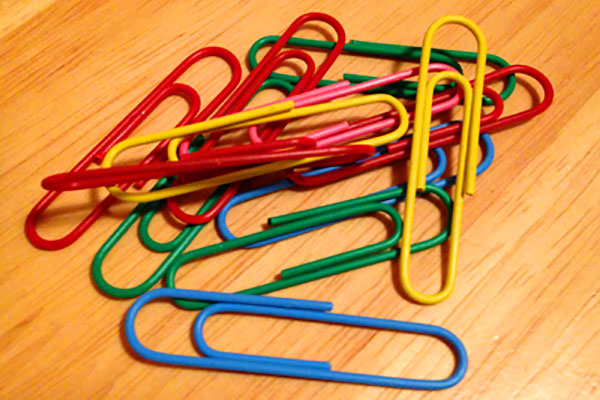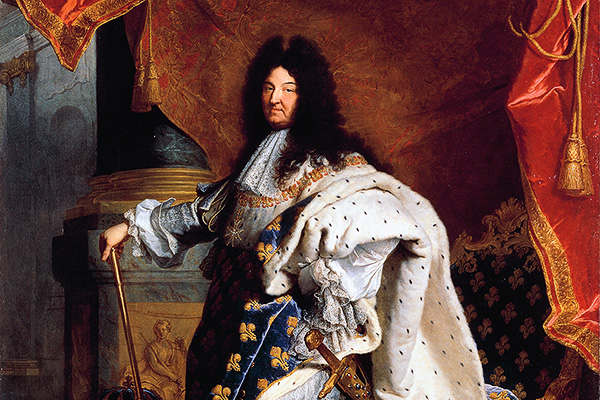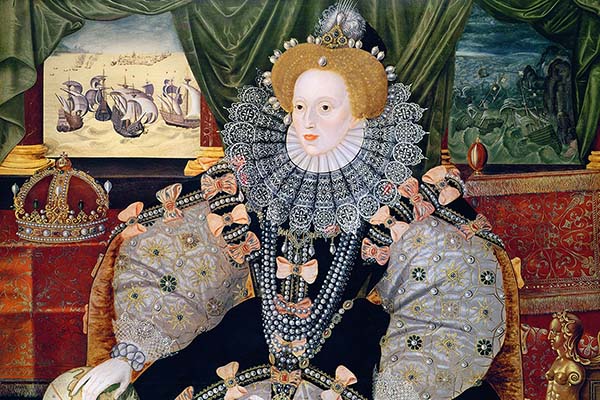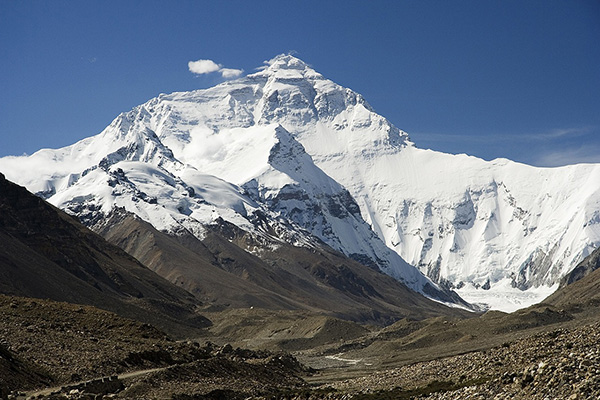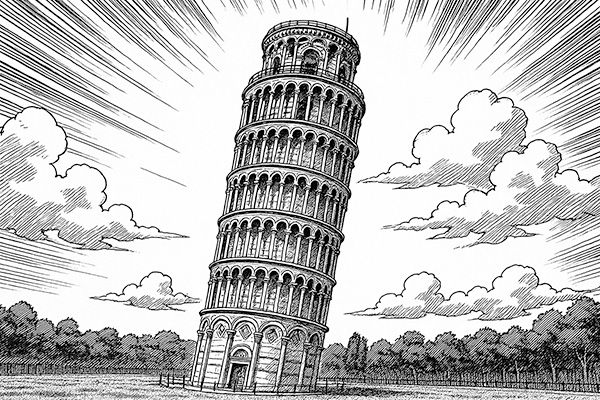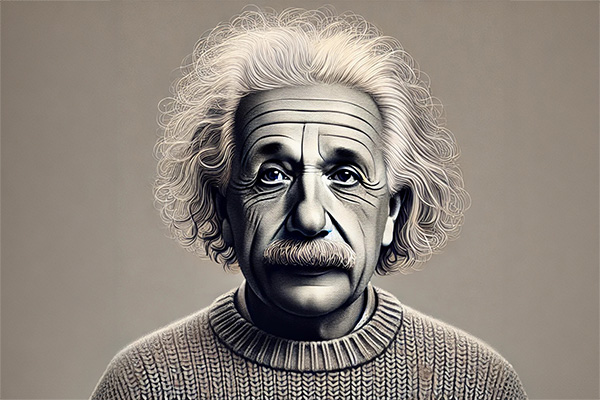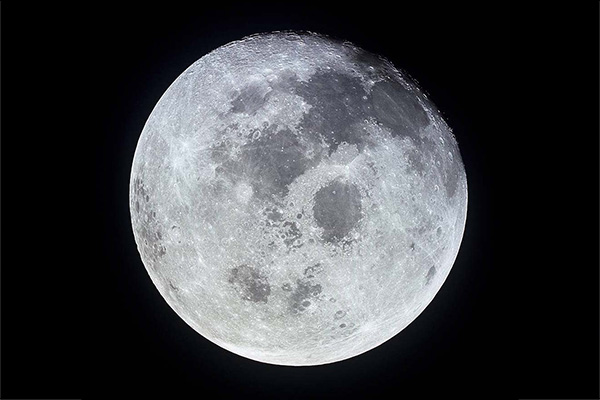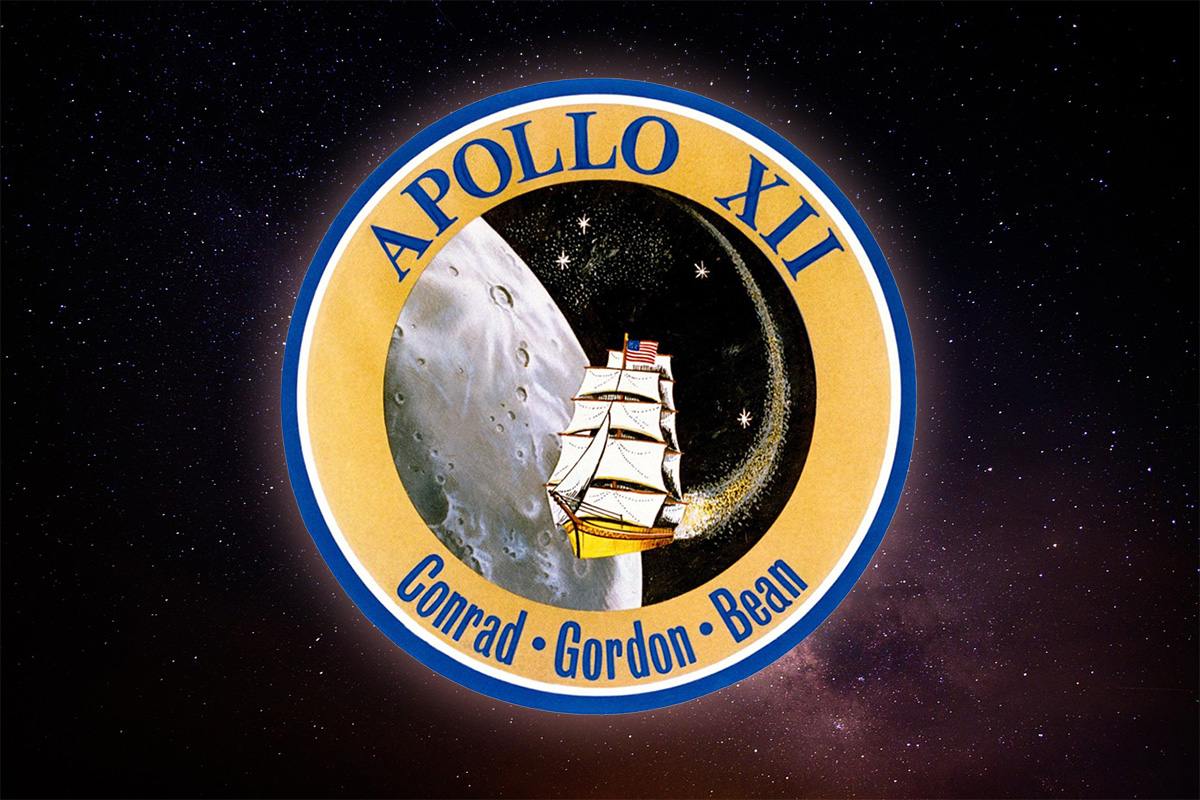
The astronauts aboard Apollo 12 were Charles Conrad (Mission Commander), Richard Gordon (Command Module Pilot), and Alan L. Bean (Lunar Module Pilot). After Apollo 12 entered lunar orbit, Conrad and Bean transferred to the Lunar Module, which then separated from the Command Module. They descended to the Moon's surface in the Lunar Module while Gordon remained in orbit aboard the Command Module.
Apollo 12 launched on November 14, 1969, at 16:22 UTC. The Lunar Module, Intrepid, touched down on the Moon's surface on November 19, 1969, at 06:54 UTC. The mission concluded with the Command Module, Yankee Clipper, returning to Earth and splashing down on November 24, 1969, at 20:58 UTC. This mission occurred just months after Apollo 11's historic landing in July 1969.
As with all Apollo missions, the Apollo 12 spacecraft components were given names. The Command Module, Yankee Clipper, carried the astronauts to and from the Moon, while the Lunar Module, Intrepid, was used to land on and take off from the lunar surface. After completing its mission, Intrepid was deliberately crashed into the Moon, with its impact recorded by Apollo 12's seismometer to help study the Moon's interior.
The Apollo 12 astronauts installed the Apollo Lunar Surface Experiments Package (ALSEP), a collection of instruments to study moonquakes, magnetic fields, solar wind, and the Moon's heat flow. They also set up a laser retroreflector, a device that reflects laser beams fired from Earth. This reflector, still in use today, allows precise measurements of the distance between the Earth and Moon.
The Apollo 12 astronauts brought a fancy-pants, state-of-the-art colour television camera to broadcast live footage from the Moon, aiming to improve on Apollo 11's grainy black-and-white images. So what did they do with it? They broke it! Shortly after landing, Alan Bean accidentally pointed the camera at the Sun, frying its sensor. While no live footage could be transmitted to Earth, the astronauts used other cameras to document their activities on the lunar surface.
Apollo 12 landed in Mare Cognitum (Latin for "Known Sea") in the Ocean of Storms, a region already familiar from earlier spacecraft landings. Pete Conrad, aiming for a precise touchdown, nicknamed the target area "Pete's Parking Lot." The Lunar Module landed impressively close, just 175 meters short of the target.
Apollo 12's precise landing allowed the astronauts to visit Surveyor 3, a robotic spacecraft that had landed on the Moon in 1967. Conrad and Bean walked to Surveyor 3, examined its condition, and removed several parts to bring back to Earth for analysis. This marked the first (and so far only) time that astronauts visited and retrieved components from another spacecraft on the Moon.
Alan Bean secretly brought a camera timer aboard Apollo 12, hoping to take a photo of himself and Pete Conrad standing next to Surveyor 3. Unfortunately, he couldn't locate the timer while on the Moon, so the photograph was never taken.
Just 36 seconds after liftoff, Apollo 12 was struck by lightning twice, triggering a cascade of alarms and flashing warning lights in the spacecraft. On the ground, engineers received garbled telemetry but quickly determined the issue and instructed the astronauts on which single switch - out of hundreds - would restore power and proper data communication. Concerns later arose about whether the parachutes would deploy during re-entry, but engineers chose not to inform the crew, as the issue couldn't be checked or fixed during the mission.
Upon stepping onto the Moon, Pete Conrad exclaimed: "Whoopie! Man, that may have been a small one for Neil, but that's a long one for me." This fulfilled a $500 bet with a reporter who doubted astronauts could choose their own first words. Conrad never collected the money.


